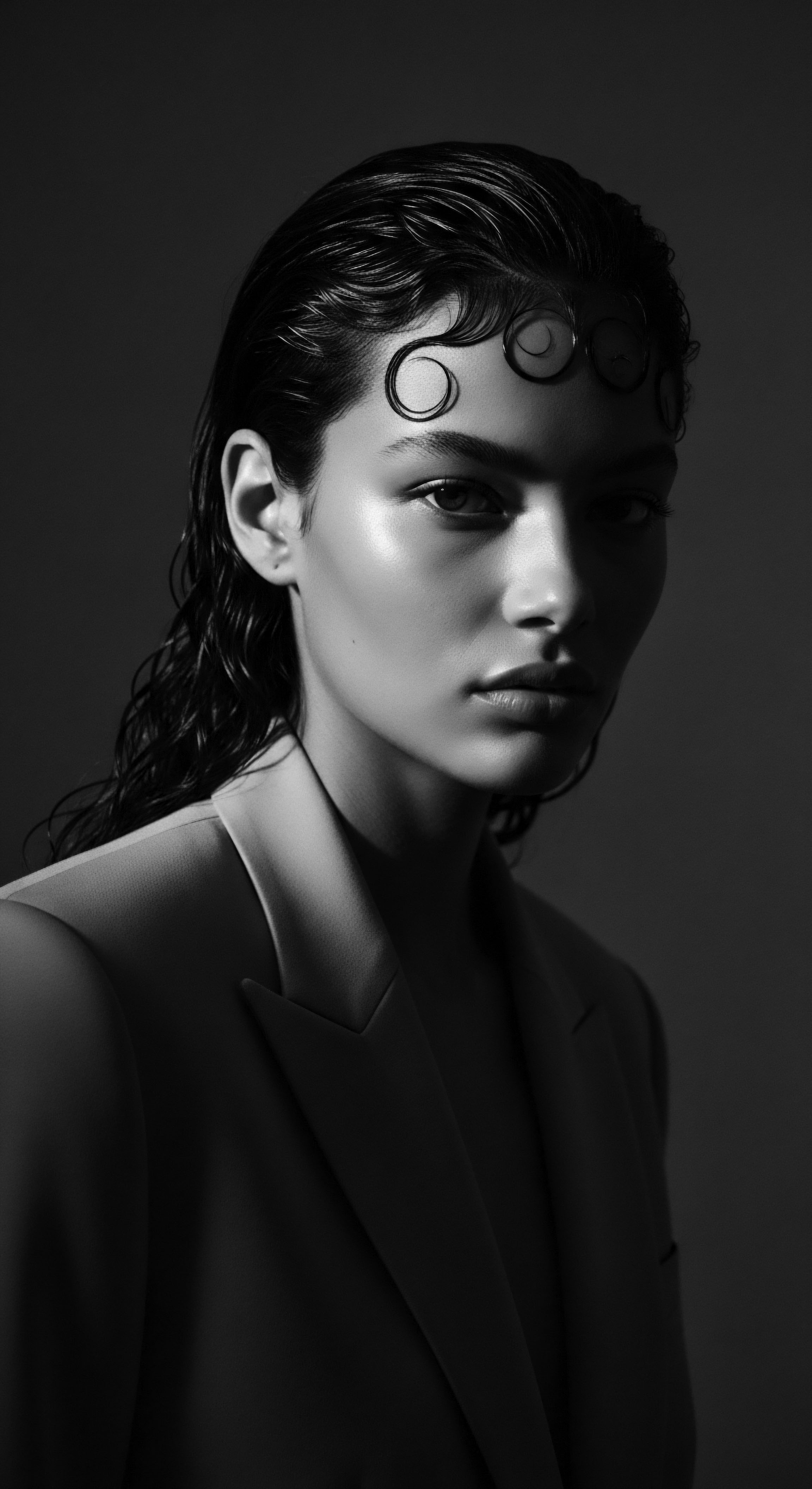
Fundamentals
Keratin synthesis represents the fundamental biological process through which the human body crafts Keratin, the primary protein component of hair, skin, and nails. This intricate biological construction begins deep within the hair follicle, where specialized cells, known as keratinocytes, produce and assemble keratin proteins. These proteins, fibrous and rich in sulfur-containing amino acids like cysteine, intertwine to form robust structures that give hair its inherent strength, elasticity, and distinctive texture. The meaning of this process extends beyond mere biology; it signifies the very building blocks of our visible selves, reflecting an ancestral legacy embedded within each strand.
The initial stages of keratin synthesis involve the precise alignment of different types of keratin polypeptides, which then aggregate into higher-order structural units. This sequential assembly contributes to the overall integrity of the hair shaft. Understanding this basic explanation allows us to appreciate how vital this continuous process is for maintaining the health and resilience of our hair, particularly for textured hair, which possesses unique structural characteristics.
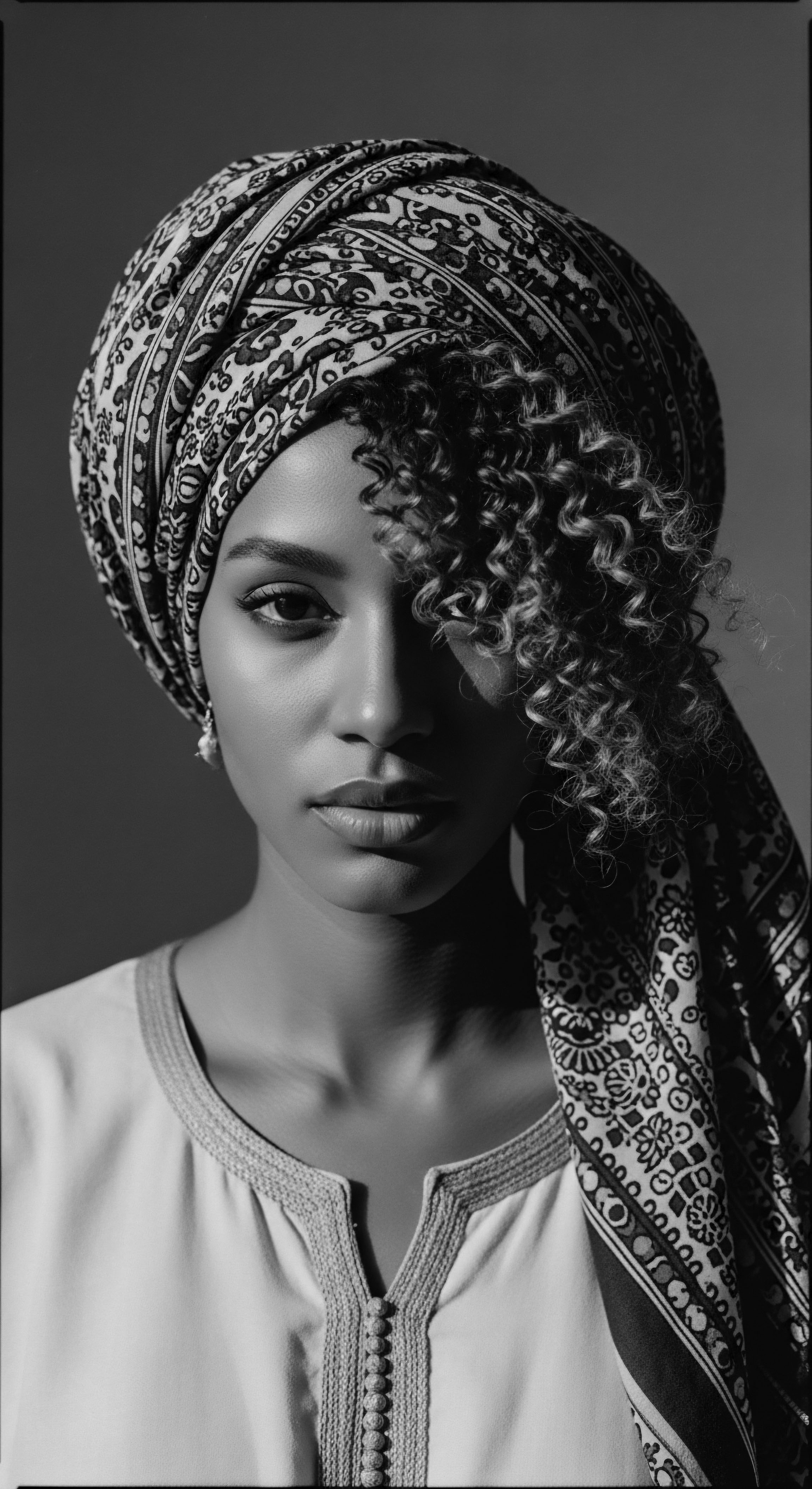
The Hair Follicle ❉ A Sacred Site of Creation
At the core of keratin synthesis lies the hair follicle, a complex structure nestled within the dermis of the scalp. This microscopic factory, a testament to nature’s profound design, is where the journey of a single hair strand truly begins. The dermal papilla, situated at the base of the follicle, acts as a command center, sending signals that regulate hair growth cycles and the activity of the surrounding matrix cells.
These matrix cells are the prolific producers of hair keratins and their associated proteins. The process of keratinization, where cells fill with keratin and subsequently harden, is a continuous cycle of life and renewal for our hair.
The hair shaft itself, the visible part that we adorn and care for, is composed of three main layers ❉ the medulla, the cortex, and the cuticle. The cortex, making up approximately 90% of the hair’s weight, is the essential part where keratin filaments are densely packed, providing the hair with its considerable strength and flexibility. The outermost layer, the cuticle, comprises overlapping keratinized cells that act as a protective shield, guarding the hair from environmental stressors and mechanical damage. The integrity of these layers, intrinsically linked to effective keratin synthesis, determines the hair’s overall health and appearance.
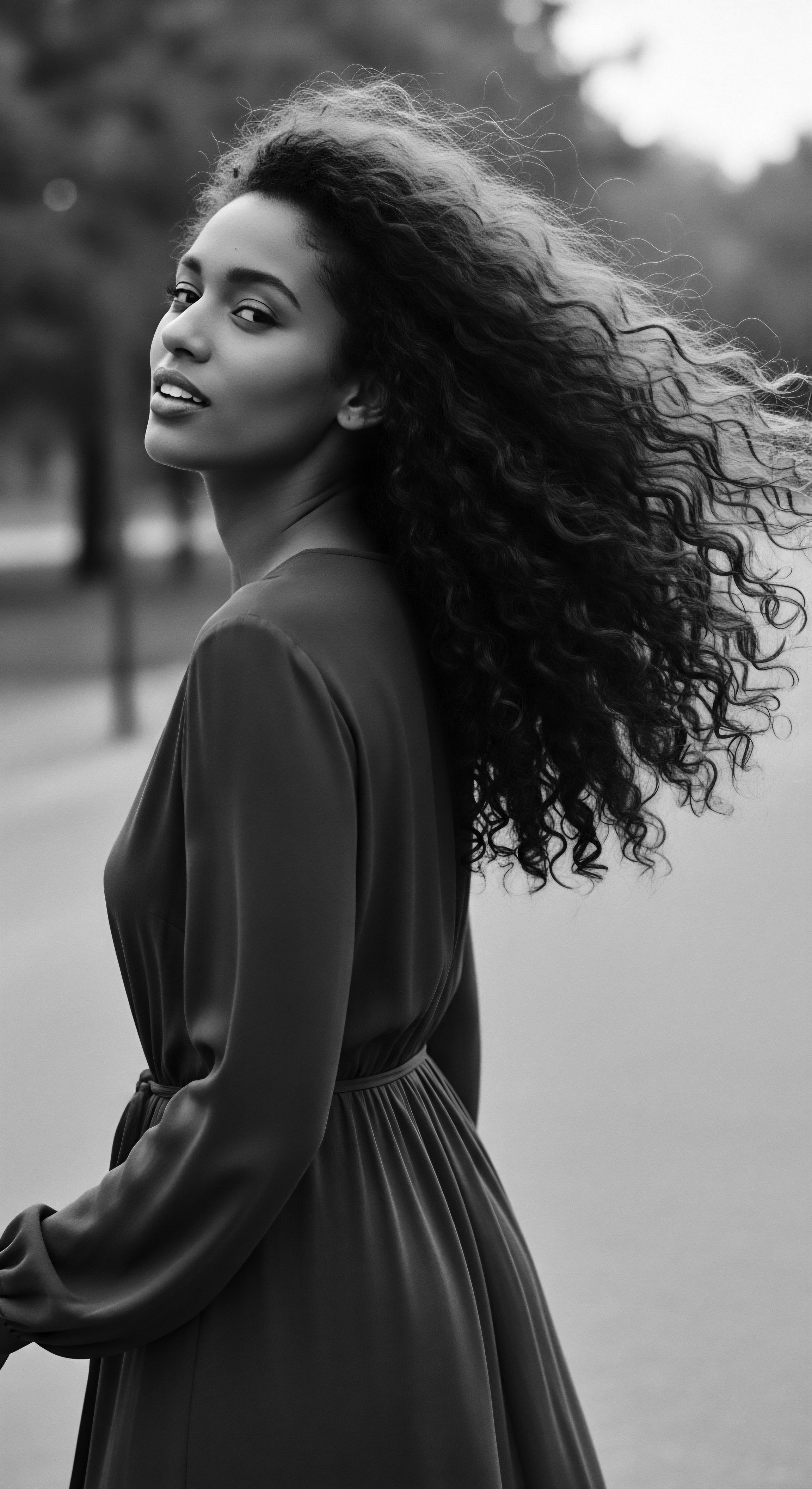
Ancestral Echoes in Hair Structure
The inherent qualities of textured hair, including its unique curl patterns, density, and natural volume, are direct expressions of the keratin synthesis process and the specific morphology of the hair follicle. For individuals with Afro-textured hair, the hair follicle is typically curved, causing the hair strand to grow in a spring-like, coiled fashion. This distinctive curvature contributes to the tight, spiral-shaped curls that characterize many Black and mixed-race hair types. The shape of the hair follicle influences how keratin proteins align and bond, directly impacting the hair’s final appearance and its inherent properties.
Keratin synthesis is the body’s foundational act of building hair, a process imbued with ancestral memory and cultural significance, especially for textured hair.
This understanding provides a foundation for appreciating the biological underpinnings of textured hair’s beauty and its historical resilience. It also highlights why care practices that support robust keratin production are so important for maintaining the vibrancy of these unique hair types. The conversation around hair, particularly Black hair, often transcends mere aesthetics, delving into deep cultural and historical meanings, and the biological reality of keratin synthesis provides a powerful anchor for this broader understanding.

Intermediate
The meaning of keratin synthesis, beyond its basic biological explanation, deepens when considered through the lens of textured hair heritage. It is not merely a cellular process; it is a living testament to resilience, adaptation, and cultural identity. The formation of keratin, a fibrous protein constituting approximately 95% of hair, provides the structural integrity that allows textured hair to exhibit its diverse and often tightly coiled configurations. This natural architecture, while visually stunning, also presents unique considerations for care and preservation, considerations deeply rooted in ancestral wisdom and historical practices.
The structural variations in keratin across different hair types are subtle yet significant. While all human hair contains the same fundamental keratin proteins and amino acids, the quantities and arrangement can differ. African hair, for instance, is noted for being richer in cystine, an amino acid that contributes to the hair’s rigidity and resistance.
This inherent composition plays a role in the unique strength and curl memory often observed in textured hair. The synthesis of keratin, therefore, is not a monolithic process but one that yields diverse expressions of human hair, each with its own story and requirements.

Ancestral Practices and Keratin’s Well-Being
For generations, ancestral communities developed sophisticated hair care rituals that, unbeknownst to them in scientific terms, supported healthy keratin synthesis and preserved the hair’s natural structure. These practices were not just about cleanliness or aesthetics; they were deeply intertwined with spiritual beliefs, social status, and communal bonding.
- Oiling and Sealing ❉ Traditional use of plant-based oils, such as palm oil or shea butter, served to lubricate the hair shaft and scalp. These practices, common across West African cultures, provided external nourishment and helped to seal the cuticle, thereby protecting the keratin-rich cortex from environmental damage and moisture loss.
- Protective Styling ❉ Intricate braiding, twisting, and wrapping styles, like cornrows and locs, were not merely decorative. They served as protective measures, minimizing manipulation and exposure to the elements, allowing the hair to retain moisture and preventing breakage of the keratin bonds. These styles also often conveyed social information, such as marital status or tribal affiliation.
- Herbal Infusions ❉ Many ancestral hair care regimens incorporated herbal infusions and natural concoctions, which, while not directly stimulating keratin synthesis, provided essential nutrients and maintained scalp health, creating an optimal environment for follicle function. Ethnobotanical studies reveal a rich history of African plants used for hair treatment, often with properties that support overall hair health.
The understanding of keratin synthesis, therefore, was an embodied knowledge, passed down through generations. The wisdom was in the practice, the tangible results, and the cultural continuity. The pain of tight braids on scalps and the less than gentle pulling of plastic through coarse strands, as recounted in “Hair Story” by Ayana D.
Byrd and Lori L. Tharps, speak to the lived experiences of hair care within these historical contexts, highlighting both the resilience and the challenges.
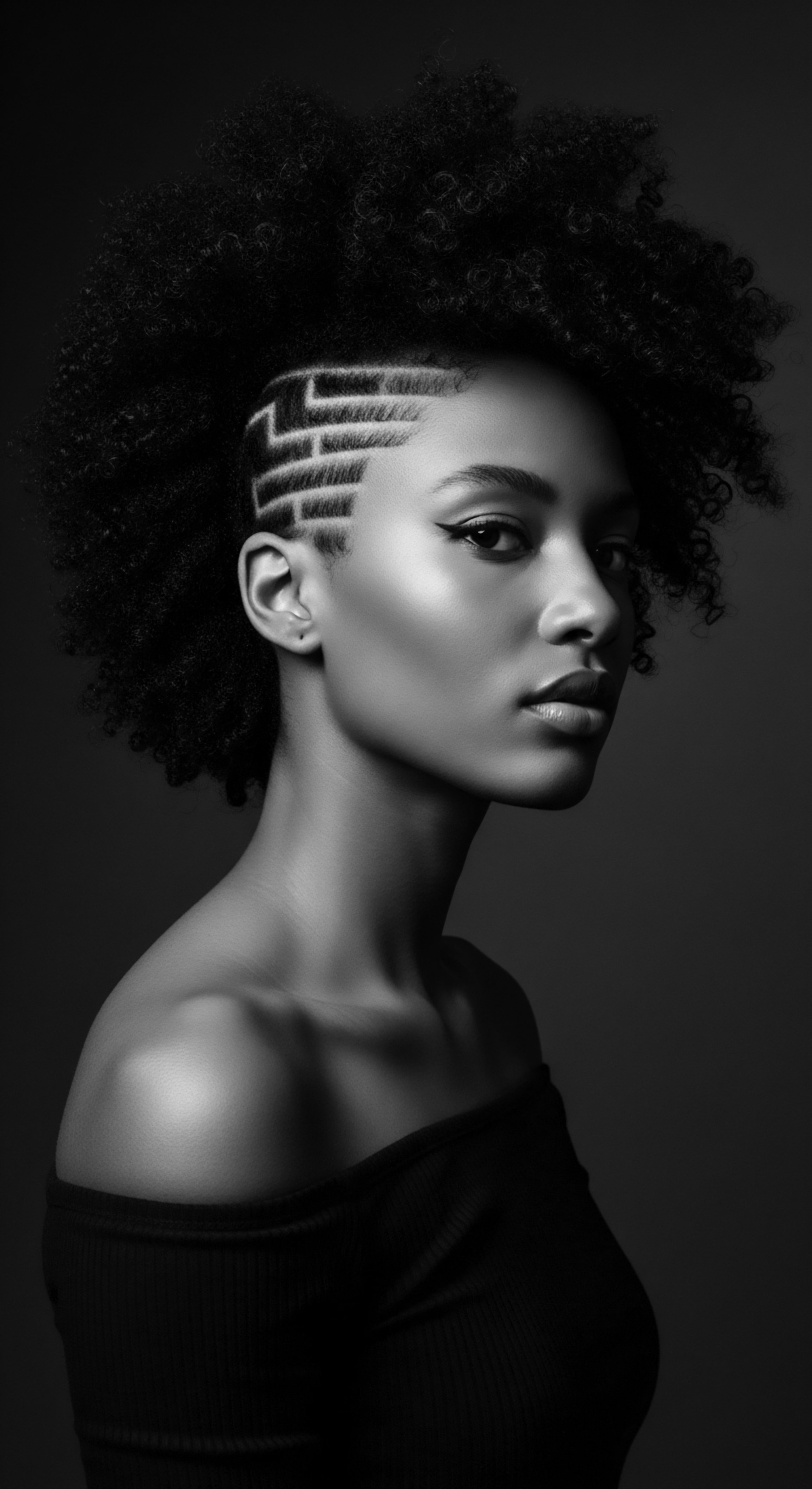
The Legacy of Nutrition and Hair Health
The connection between nutrition and hair health, and by extension, keratin synthesis, has long been recognized in ancestral traditions. Diets rich in specific nutrients found in indigenous foods played a vital role in supporting strong, vibrant hair. While modern science can now delineate the precise vitamins and minerals involved, the intuitive wisdom of ancestral diets often provided these essential building blocks.
The legacy of keratin synthesis is not solely scientific; it is etched into the very fibers of Black and mixed-race hair, a testament to ancestral ingenuity and enduring cultural practices.
For example, a balanced diet providing adequate protein, B vitamins (like biotin and folate), iron, and zinc is crucial for optimal keratin production and hair growth. Many traditional African diets, abundant in diverse plant-based foods, lean proteins, and organ meats, would have naturally supplied these necessary elements, contributing to the perceived strength and luster of hair in pre-colonial societies. The absence of traditional combs and herbal ointments in the New World forced enslaved Africans to innovate, using readily available items like bacon grease, butter, and even axle grease to condition and attempt to straighten their hair, a stark illustration of adapting care practices under duress. This period, marked by a profound disruption of ancestral hair care, underscores the importance of nutritional support for hair health and the ingenious resourcefulness in the face of adversity.
| Traditional Ingredient/Practice Shea Butter (Karité) |
| Ancestral Benefit (Implied Keratin Support) Deep conditioning, scalp health, moisture retention, protecting hair from sun. |
| Modern Scientific Link (Keratin Synthesis/Health) Rich in fatty acids and vitamins A and E, supporting scalp health and providing a protective barrier to the keratin cuticle. |
| Traditional Ingredient/Practice Palm Oil |
| Ancestral Benefit (Implied Keratin Support) Nourishment, conditioning, promoting hair luster. |
| Modern Scientific Link (Keratin Synthesis/Health) Contains vitamin E and antioxidants, contributing to scalp health and potentially reducing oxidative stress that can impact hair follicles. |
| Traditional Ingredient/Practice Baobab Oil |
| Ancestral Benefit (Implied Keratin Support) Strength, elasticity, moisture, historically used for hair health. |
| Modern Scientific Link (Keratin Synthesis/Health) Contains vitamins A, D, E, and F, along with omega fatty acids, which can nourish hair follicles and support keratin structure. |
| Traditional Ingredient/Practice Protective Braiding/Twisting |
| Ancestral Benefit (Implied Keratin Support) Minimizing manipulation, preventing breakage, preserving length. |
| Modern Scientific Link (Keratin Synthesis/Health) Reduces mechanical stress on keratin fibers, minimizing cuticle damage and preserving the integrity of the hair shaft. |
| Traditional Ingredient/Practice These examples highlight the continuous thread of wisdom connecting ancient practices to contemporary scientific understanding, all in service of nurturing textured hair. |
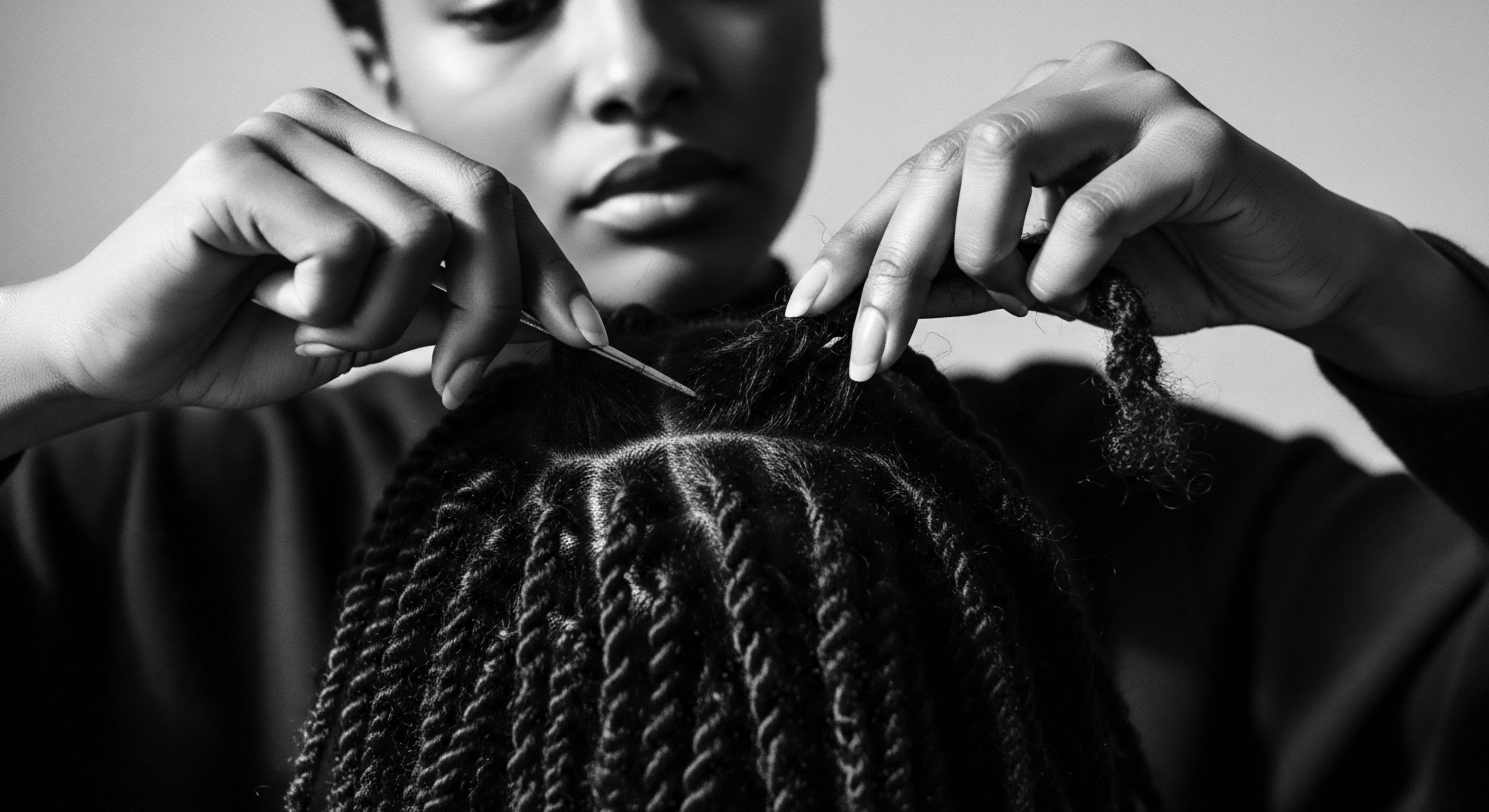
Academic
Keratin synthesis, from an academic vantage, represents the highly regulated biological process of intracellular protein polymerization, specifically involving the production and assembly of Keratin Intermediate Filaments (KIFs) within specialized epithelial cells, primarily keratinocytes. This sophisticated cellular machinery, operating within the hair follicle’s bulb and matrix, dictates the structural and mechanical properties of the resulting hair fiber. The meaning of this synthesis is not merely biochemical; it is profoundly architectural, influencing the unique morphology of diverse hair types, most notably the helical and often elliptical cross-sectional geometry characteristic of Afro-textured hair. The precise regulation of disulfide bonds, formed between cysteine residues within keratin polypeptides, is a critical determinant of hair rigidity and curl intensity, with higher concentrations of these bonds contributing to more pronounced coiling.
The academic exploration of keratin synthesis within the context of textured hair transcends a purely molecular explanation, extending into the realms of genetics, cellular biology, and even evolutionary adaptation. The distinct characteristics of Afro-textured hair, such as its tightly coiled structure and susceptibility to dryness and breakage, are directly attributable to specific nuances in its keratinization process and follicular architecture. For instance, the curved shape of the hair follicle in individuals with Afro-textured hair causes the keratinocytes to differentiate and keratinize asymmetrically, leading to an elliptical hair shaft that curls upon exiting the scalp. This morphological distinction renders the hair more vulnerable to mechanical stress and fracture at the points of curvature, underscoring the critical need for tailored care practices that prioritize moisture retention and minimize physical manipulation.
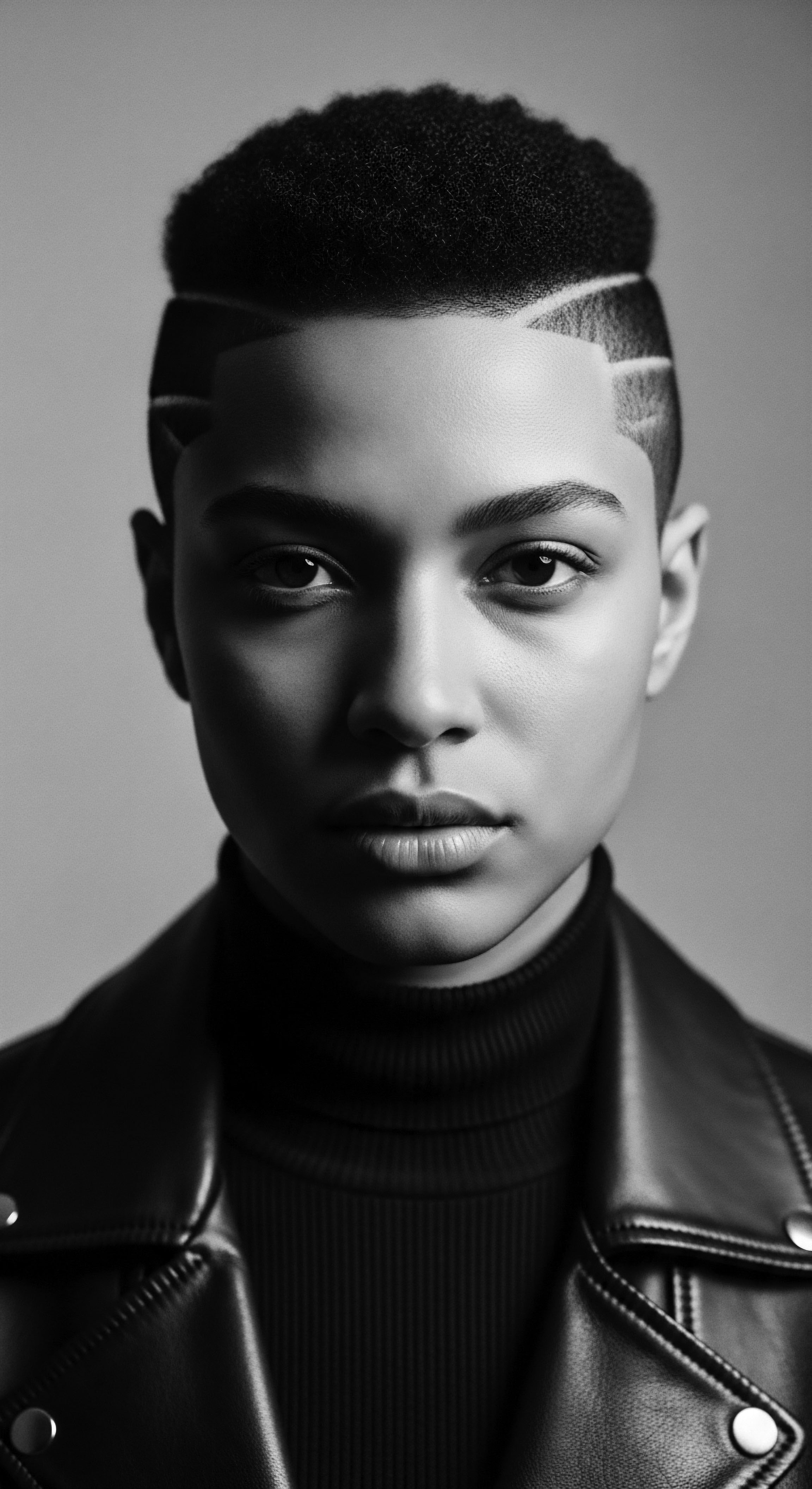
Genomic Underpinnings and Ancestral Adaptations
The genomic variation influencing keratin synthesis and hair morphology is a subject of ongoing academic inquiry, revealing how human populations have adapted to diverse environmental pressures. Evolutionary biologists propose that Afro-textured hair, with its spiraled structure and wider follicular pattern, served as an adaptive mechanism to protect the scalp from intense ultraviolet (UV) radiation and facilitate air circulation in hot climates. This evolutionary narrative adds a profound layer to the meaning of keratin synthesis, positioning it not just as a biological function but as a testament to human resilience and adaptation across millennia.
Research into the specific genes involved in hair shaft diameter, keratinization, and hair follicle patterning points to a hierarchical organization of traits that contribute to the increased sensitivity of textured hair to extrinsic factors. This sensitivity necessitates a deeper understanding of how external interventions, from styling practices to chemical treatments, interact with the intrinsic biology of keratin synthesis. The historical imposition of Eurocentric beauty standards, which often compelled individuals with textured hair to chemically alter their natural curl patterns, inadvertently introduced practices that could compromise the integrity of the keratin structure, leading to damage and hair loss. (Byrd & Tharps, 2001)
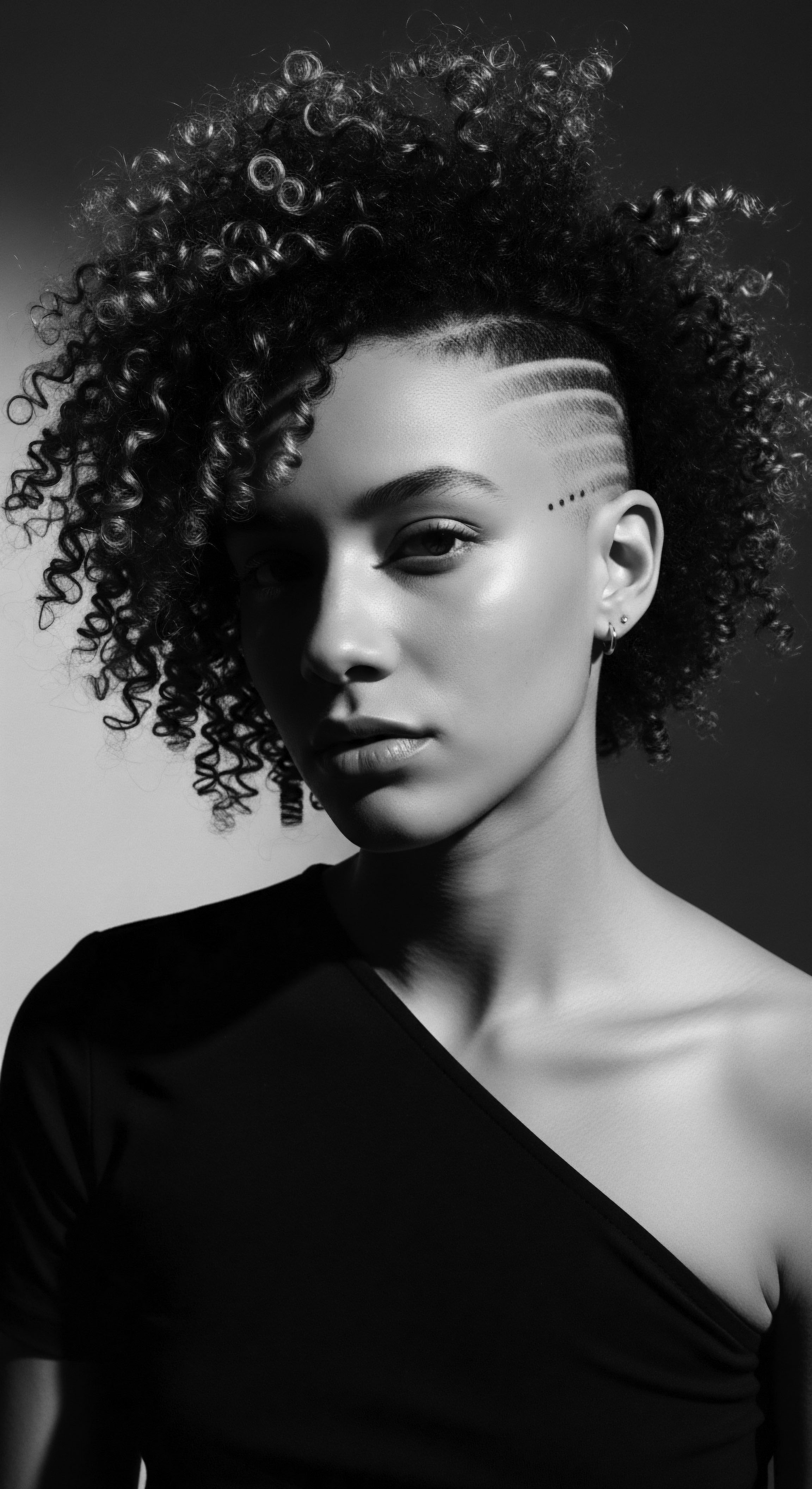
The Socio-Historical Impact on Keratin Integrity
The academic lens also allows for an examination of the socio-historical impact on the care and perception of textured hair, which, in turn, influences the practical implications for maintaining keratin health. The transatlantic slave trade, beginning in the 15th century, marked a profound disruption of traditional African hair care rituals and the communal practices that supported them. Enslaved Africans, stripped of their ancestral tools and knowledge, were forced to improvise, using substances like axle grease and butter to attempt to manage their hair, often with detrimental effects on hair and scalp health. This period highlights a historical context where the very process of keratin synthesis was challenged by inadequate care and harsh conditions, leading to widespread issues like matted hair and scalp diseases.
The legacy of these historical pressures continues to shape contemporary hair care practices and perceptions within Black and mixed-race communities. The persistent narrative around “good” versus “bad” hair, deeply rooted in the historical preference for straighter textures, has influenced product development and styling choices, sometimes at the expense of optimal keratin health.
- Chemical Relaxers ❉ The widespread adoption of chemical relaxers, designed to permanently alter the hair’s keratin structure by breaking disulfide bonds, offered a means of conforming to dominant beauty ideals. While providing temporary straightness, prolonged or improper use could severely compromise the hair’s structural integrity, leading to irreversible damage to the keratin matrix.
- Thermal Styling ❉ The frequent application of high heat through tools like hot combs and flat irons also impacts keratin. While heat can temporarily reshape keratin proteins, excessive or unprotected heat can denature these proteins, leading to weakening and breakage.
- The Natural Hair Movement ❉ The rise of the natural hair movement in the 21st century, as documented by Byrd and Tharps, represents a powerful cultural shift towards embracing and celebrating textured hair in its natural state. This movement has spurred a renewed interest in care practices that honor the intrinsic nature of keratin in coiled and kinky hair, emphasizing moisture, gentle handling, and protective styling to preserve its strength and vitality.
The exploration of keratin synthesis, therefore, is not confined to the laboratory. It is a dialogue between cellular biology and cultural history, a recognition that the health and appearance of textured hair are inextricably linked to a complex interplay of genetic heritage, environmental factors, and the enduring legacy of ancestral practices. Understanding the nuanced meaning of keratin synthesis for textured hair necessitates an appreciation for this rich, interconnected history.
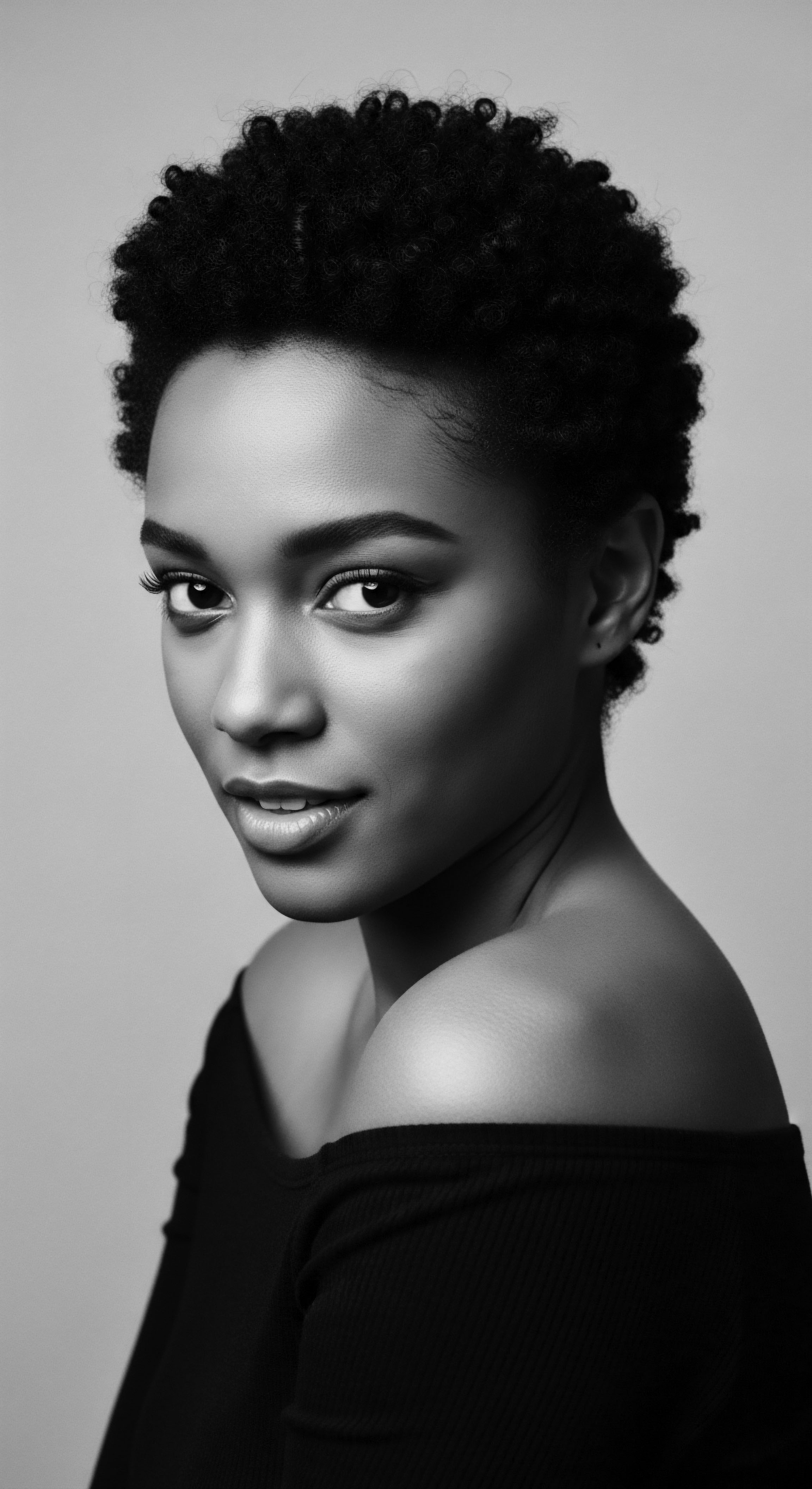
Reflection on the Heritage of Keratin Synthesis
As we draw this exploration of keratin synthesis to a close, a profound sense of continuity washes over us, a gentle reminder that the science of our strands is inextricably woven into the grand tapestry of our heritage. The journey of keratin, from its microscopic formation within the follicle to its expression in the glorious coils and patterns of textured hair, is more than a biological marvel; it is a living archive of ancestral wisdom, resilience, and identity. The very essence of Roothea’s mission finds its deepest resonance here, in the recognition that every twist, every curl, every resilient strand carries echoes of generations past.
The story of keratin synthesis in textured hair is a testament to the ingenious adaptations of our ancestors, who, long before microscopes and biochemical assays, understood the profound connection between nourishment, protection, and the vitality of their hair. Their practices, born of necessity and deep observation, nurtured the very processes we now delineate with scientific precision. Consider the age-old tradition of hair oiling with rich plant butters and oils, a ritual practiced across African communities. This ancestral wisdom, once simply understood as a means to achieve luster and softness, is now recognized as a vital external aid to protect the keratin-rich cuticle, sealing in moisture and minimizing the friction that can compromise the delicate structure of coiled strands.
The challenges faced by Black and mixed-race communities throughout history, particularly during periods of forced displacement and cultural erasure, underscore the enduring significance of hair. When ancestral grooming tools were denied and traditional knowledge suppressed, the very act of maintaining one’s hair became an act of resistance, a silent declaration of self. The improvisations, the ingenuity, and the sheer determination to care for one’s crown in the face of adversity speak volumes about the inherent value placed on hair, not just as adornment, but as a repository of spirit and identity. The curls, once seen through a lens of oppression, now stand as powerful symbols of self-acceptance and a reclamation of heritage.
This enduring relationship between keratin synthesis and textured hair heritage calls upon us to approach hair care with reverence and intention. It invites us to honor the biological mechanisms that create our unique hair, while simultaneously celebrating the cultural narratives that have shaped its journey. Roothea’s vision is to illuminate this interconnectedness, fostering a holistic understanding that transcends superficial beauty standards.
It is a call to recognize that in every gentle detangling, in every nourishing application, we are not merely tending to strands; we are honoring a legacy, reinforcing a connection to our roots, and contributing to the vibrant future of textured hair. The synthesis of keratin, therefore, is not just a biological fact; it is a continuous, living meditation on who we are, where we come from, and the unbound possibilities of our collective heritage.
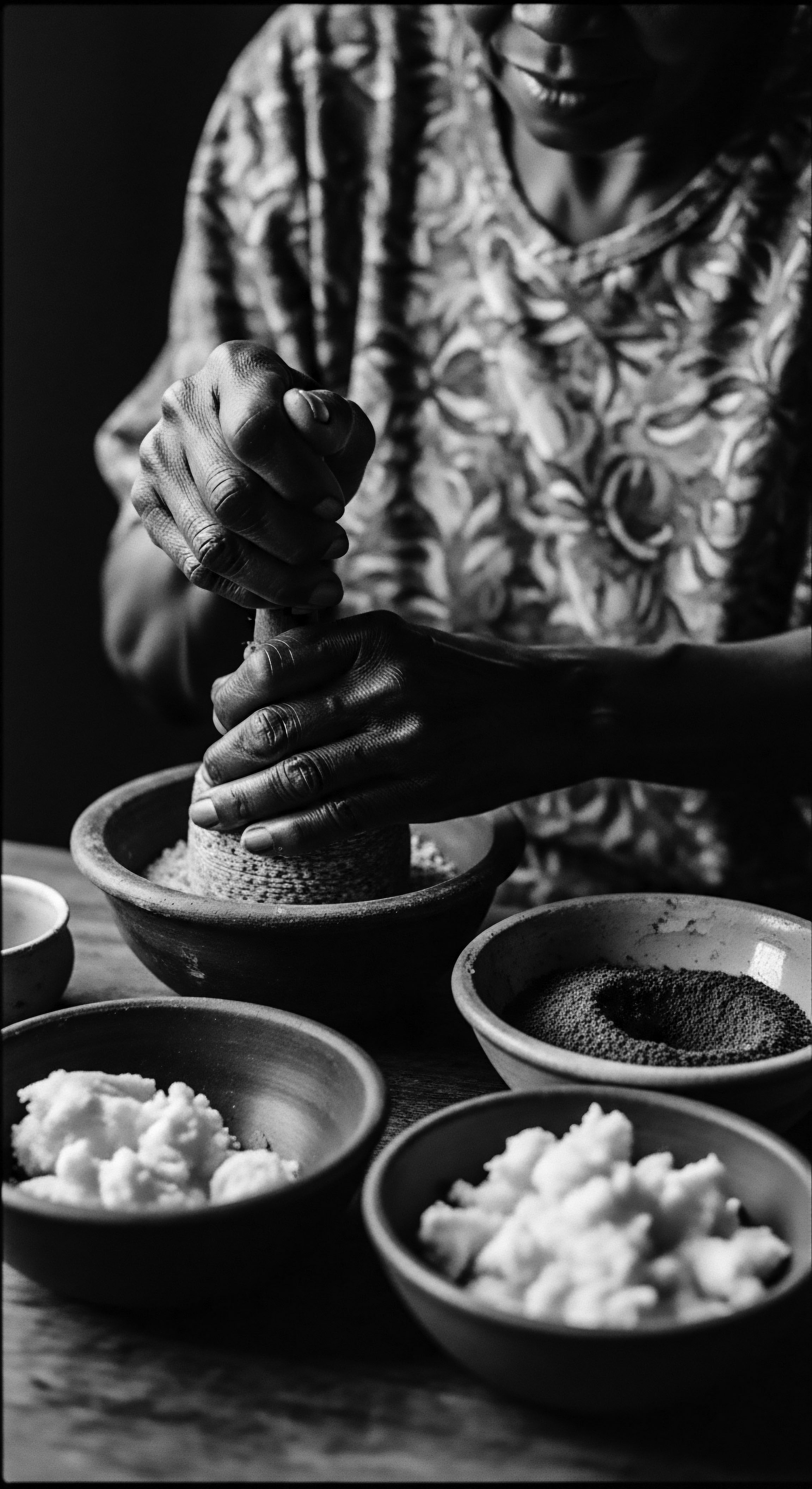
References
- Byrd, A. D. & Tharps, L. L. (2001). Hair Story ❉ Untangling the Roots of Black Hair in America. St. Martin’s Press.
- Gaines, J. et al. (2023). Coils & Curls ❉ A Mathematical Tapestry of Black Hair. Algorithmic Pattern, PubPub.
- Rajput, R. J. (2022). Influence of Nutrition, Food Supplements and Lifestyle in Hair Disorders. Indian Dermatology Online Journal, 13(5), 721-724.
- Malkani, R. L. & Tharps, L. L. (2022). Physicochemical Properties of Textured Hair. ResearchGate.
- Boutouil, M. et al. (2025). Synthesis of Keratin Nanoparticles Extracted from Human Hair through Hydrolysis with Concentrated Sulfuric Acid ❉ Characterization and Cytotoxicity. MDPI.
- Tetteh, P. O. & Owusu-Mensah, E. (2024). Cosmetopoeia of African Plants in Hair Treatment and Care ❉ Topical Nutrition and the Antidiabetic Connection?. Diversity, 16(2), 96.
